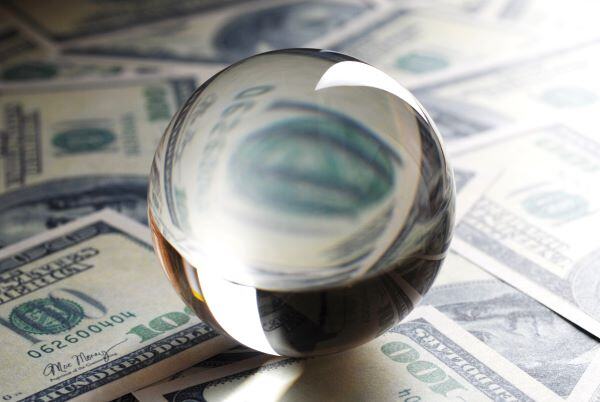
I’ve heard several people asking about home prices for the last year. It’s an important question because it affects everyone. If you own a home, you don’t want one of your greatest assets losing its value. If you want to buy a home, you’ve likely been discouraged by how expensive it is compared to the last decade.
The chart below was recently featured on CNBC, and highlights how unaffordable housing currently is.

The “Housing Affordability Index” incorporates both the price of homes, which remain elevated, and current mortgage rates, which more than doubled last year.
Looking at the chart, you’ll notice affordability has crashed to levels not seen since, the great housing crisis of 2008. So it stands to reason that we may be looking at another housing crisis.
That being said, I think it’s very unlikely. You’ll see pockets of weakness in inflated areas like San Francisco, Phoenix and Las Vegas, but in most markets, you’ll see little change. The reason comes down to simple supply and demand.
On the supply side, there simply aren’t enough homes for sale. The chart below features housing inventory, which are the number of homes on the market. You can see the end of last year, we were near the lowest levels we’ve ever seen.

In addition, we aren’t building enough homes to get that supply back up. Earlier this month, single-family housing dropped 4.3%, and are down 27% on a year over year basis. In fact, ever since the 2008 crisis, home construction has been way down. The chart below shows how many new single-family homes have started construction.

The demand side has taken a hit too, as prospective home buyers are waiting for either prices to cool, or mortgage rates to go back down. However, the largest age cohort in the U.S. is now the Millennials, who are in their prime homebuying years. This demographic influence should help create a floor on demand for many years.
One small example of underlying demand came in January, when mortgage rates went from about 6.5% to just 6.1%. That small improvement in rates saw a huge spike in mortgage applications. If rates were to continue to their course downward, even slowly, you’d likely see a resurgence in demand.

Finally, the most important difference between now and 2008 is we don’t have a situation today that would cause forced selling by homeowners. In 2008, people were able to buy multiple homes with little scrutiny. When the recession started, millions of properties were foreclosed on and sold, putting immense pressure on home prices to fall. Today, foreclosures are below pre-pandemic levels (note: 2020/2021 are artificially low due to the foreclosure moratorium), and well below 2008 levels.

In addition, mortgage applicant’s credit scores are the highest they’ve ever been. Homeowners also have more equity than they ever have. This makes it unlikely that you’d see a new wave of foreclosures.

Another way to look at the craziness of 2008 is homeowner vacancy. About 3% of all homes in 2008 had no one living in them. Today that number is under 1%. In other words, everyone who owns a home is either living in it, or has a tenant. If they are going to sell their home, they’ll be in a position where they need to buy another one.

Given all this, I just don’t see how home prices fall. There may be some short term volatility as prospective buyers continue to sit on the fence until mortgage rates go down, but if you need a home, you can only wait so long. And certainly, it’s unlikely we’ll see anything resembling the forced selling of 2008.











